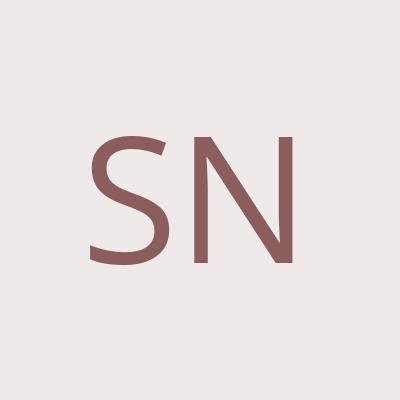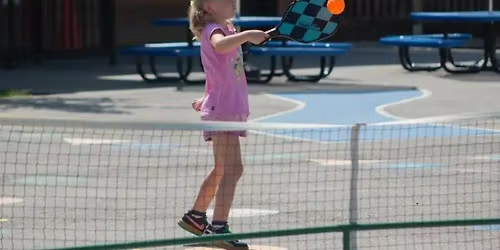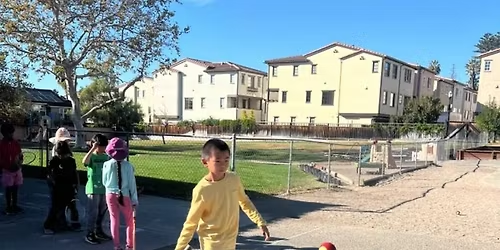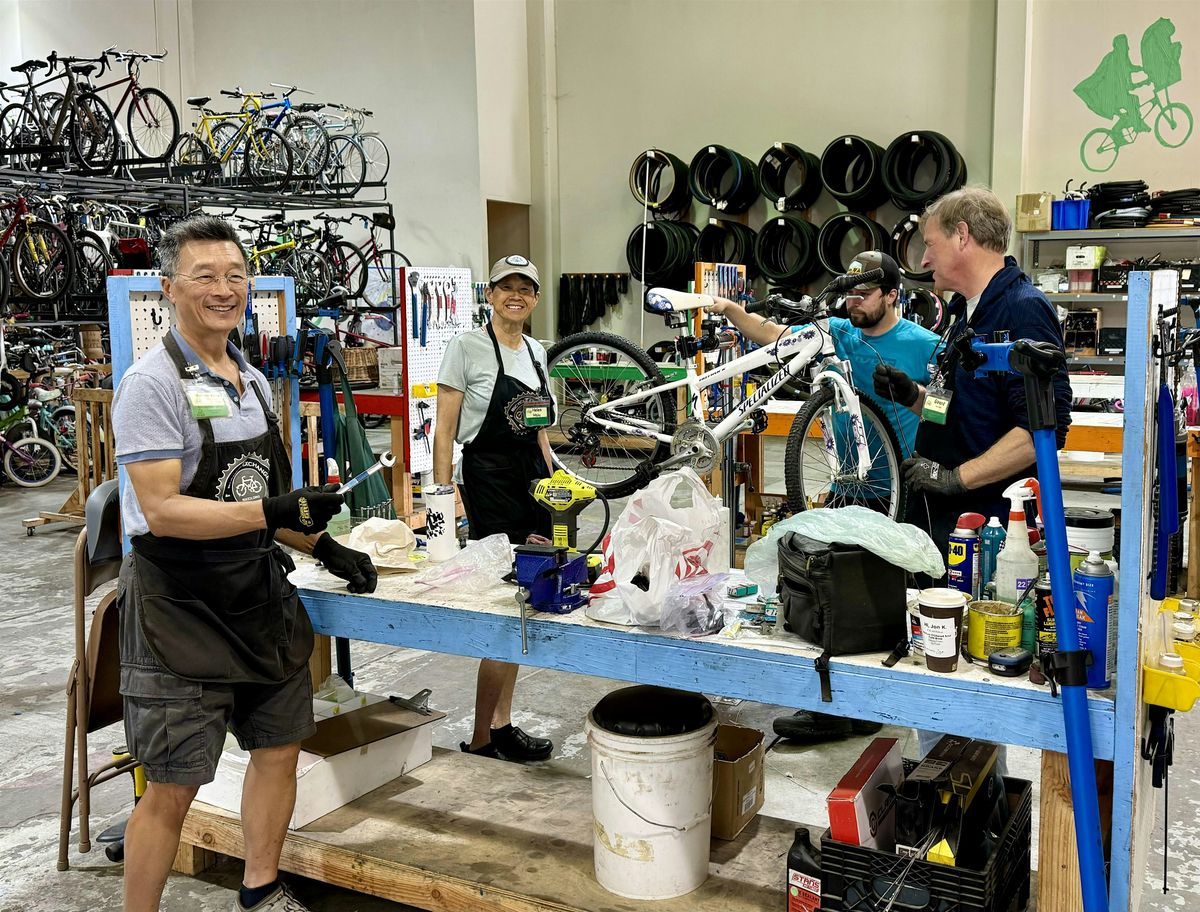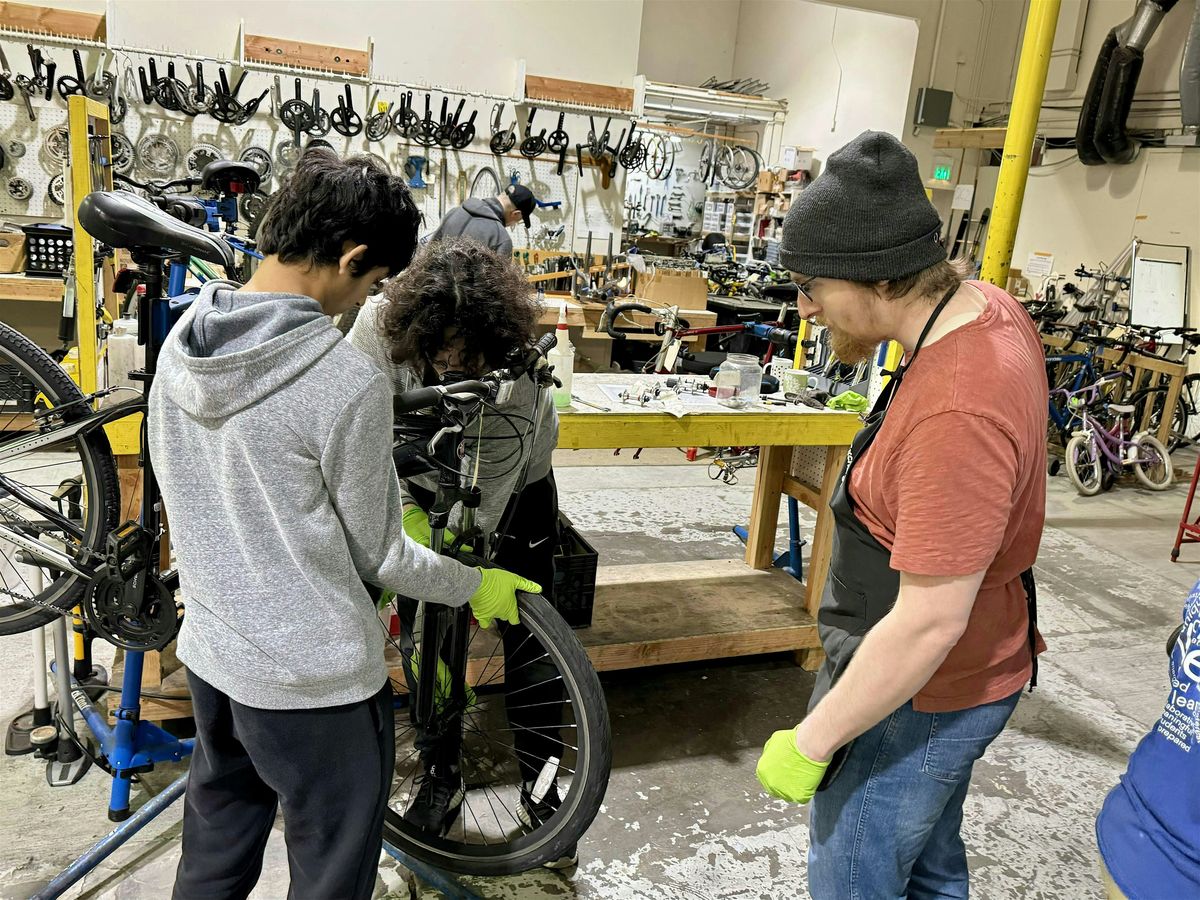STANFORD Short Hands-On Training Program in Neurosurgery and Neuroanatomy
Schedule
Mon, 12 Jan, 2026 at 09:00 am to Mon, 09 Nov, 2026 at 05:00 pm
UTC-08:00Location
300 Pasteur Dr | Palo Alto, CA

About this Event
Welcome to the STANFORD Short Hands-On Training Program in Neurosurgery and Neuroanatomy!
Join us at for an immersive experience. See available 2026 dates.
This event is perfect for those interested in diving deep into the world of neurosurgery and neuroanatomy. Get ready to learn from experts in the field, practice hands-on skills, and network with like-minded individuals. Don't miss out on this opportunity to expand your knowledge and skills in a supportive environment. See you there!
Location: NeuroTraIn Center, Department of Neurosurgery, Stanford University, Palo Alto, California
Duration: 2–4 weeks
Format: Hands-on cadaveric dissection and observational training
Target Participants: Neurosurgery residents, fellows, and practicing neurosurgeons
We can accommodate 1-2 person at month depending on the schedule and labs availibility. Please contact Jennie Visitacion [email protected] for more information.
Program Summary
This short training program is designed to provide a comprehensive and customizable educational experience in neurosurgical anatomy and complex cranial approaches.
Participants will train in a state-of-the-art neuroanatomy laboratory, focusing on both open and endoscopic skull base techniques, as well as white matter dissection to enhance understanding of critical fiber tracts relevant to neurosurgical practice.
Two pathways are available to accommodate the experience and goals of each participant:
Structured Program:
- A systematic curriculum ideal for trainees or surgeons seeking broad and progressive training in skull base anatomy and surgical techniques.
- Covers a comprehensive range of both open and endoscopic approaches.
Flexible Program:
- Designed for experienced surgeons who wish to focus on specific techniques or regions, such as only endoscopic endonasal approaches, advanced lateral skull base surgery, or white matter dissection.
- Customized to the participant’s professional objectives and time availability.
To enhance learning, participants will also:
- Perform computer-based dissections using advanced virtual tools to prepare for cadaveric sessions.
- Receive comprehensive dissection guides for both open and endoscopic approaches.
- Gain access to a digital collection of 3D anatomical images and surgical videos, providing reference material for continued education and practice.
Are you interested in Observership OR visit in conjunction with course?
Optional operating room (OR) observerships can be included to connect laboratory learning with real surgical experience.
Stanford Hospital Observerships are short-term - 30 consecutive days and subject to review and approval by Stanford Healthcare Observership Office and takes 1-2 months to process.
More info: https://bit.ly/Observership
Program Objectives
Participants will:
- Develop a deep understanding of neurosurgical anatomy, including cortical, subcortical, and skull base structures.
- Perform guided cadaveric dissections under expert supervision.
- Master both open cranial approaches and endoscopic endonasal approaches (EEA).
- Conduct computer-based dissections as preparatory exercises before lab dissections.
- Gain experience in white matter dissection, enhancing their understanding of neural connectivity and functional neurosurgical planning.
- Observe live surgeries through optional OR observerships to integrate anatomical and surgical knowledge.
- Acquire skills in 2D and 3D anatomical photography and photogrammetry to create high-quality educational material.
- Utilize a curated collection of dissection guides, 3D images, and surgical videos for structured self-learning.
- Receive individualized feedback to align the training with their career development goals.
Structured Program: Modules & Content
Week 1: Open Cranial and Skull Base Approaches
- Orbitozygomatic and anterior clinoidectomy
- Transcavernous and cavernous sinus exposure
- Middle cranial fossa and anterior petrosectomy
- Posterior petrosal, translabyrinthine, and transcochlear approaches
- Far lateral, transcondylar, and retrosigmoid exposures
Week 2: Endoscopic Endonasal Skull Base Approaches
- Transsellar, transtubercular, and transplanum approaches
- Transclival and extended midline dissections
- Transcavernous and transpterygoid routes
- Far medial and transmaxillary exposures
- Exploration of Meckel’s cave, lateral recess, infratemporal fossa, and Eustachian tube transposition
Optional White Matter Dissection Module
- Stepwise white matter dissection techniques
- Identification of major association, projection, and commissural fiber tracts
- Surgical implications for tumor resection and functional neurosurgery
- 3D mapping and integration with preoperative surgical planning
Flexible Program: Customized Training Pathway
This pathway is personalized for participants wishing to concentrate on specific surgical areas or techniques.
Examples include:
- Intensive training on endoscopic endonasal approaches (EEA) for pituitary, clival, and skull base tumors.
- Advanced lateral skull base approaches, such as petrosectomy or far lateral techniques.
- Exclusive white matter dissection for functional neurosurgery planning.
- Mixed training combining cadaveric dissections with OR observerships.
Duration: From several days to multiple weeks, depending on participant objectives.
Additional Training Components
Computer-Based Dissection Sessions:
Participants use virtual dissection software to simulate and plan surgical corridors before performing actual dissections.
Dissection Guides & Digital Resources:
Each participant receives structured guides for both open and endoscopic approaches, as well as a digital collection of 3D dissection images and surgical videos to continue practicing and reviewing techniques independently.
OR Observership (Optional):
Opportunity to observe live neurosurgical procedures, enhancing the application of lab-based anatomy to clinical surgery.
Imaging & Photogrammetry Workshop:
- Techniques for capturing professional 2D and 3D anatomical photographs.
- Photogrammetry for creating digital 3D reconstructions of dissections.
- Post-processing for presentations and research publications.
- Case-Based Discussions & Radiological Correlation:
- Faculty-led sessions linking lab dissections to clinical imaging and surgical planning.
- Multimodal integration for comprehensive understanding.
Faculty and Mentorship
- Program Director: Juan Carlos Fernandez-Miranda, MD, FACS
- Anatomical Faculty: Yuanzhi Xu, MD; Vera Vigo, MD, PhD
- Surgical Faculty: Juan Carlos Fernandez-Miranda, MD, FACS; Matei Banu, MD
- Mentorship Model: Individualized supervision and small-group learning
Program Logistics
- Schedule: Monday – Friday, 9:00 AM – 5:00 PM
- Facility: Fully equipped neuroanatomy and microsurgical training lab
- Specimens: One embalmed human cranial specimen per participant
- Included: Microsurgical instruments, endoscopes, dissection guides, 3D photography equipment, and lab supplies
Eligibility & Registration
- Open to neurosurgery residents (last year), fellows, and practicing neurosurgeons worldwide
- No prior dissection or imaging experience required
- For trainees: Hospital employment and program director verification required
- Early application (3–6 months in advance) is recommended
Tuition
- Trainees (residents/fellows): $3,500
- Practicing physicians: $5,000
Tuition includes one specimen, all required equipment, mentorship, digital resources, and access to OR observerships (pending SHC review/approval)
Available Dates for 2026
January 12–23, 2026
March 9–20, 2026
May 11–22, 2026
July 13–24, 2026
September 14–25, 2026
November 9–20, 2026
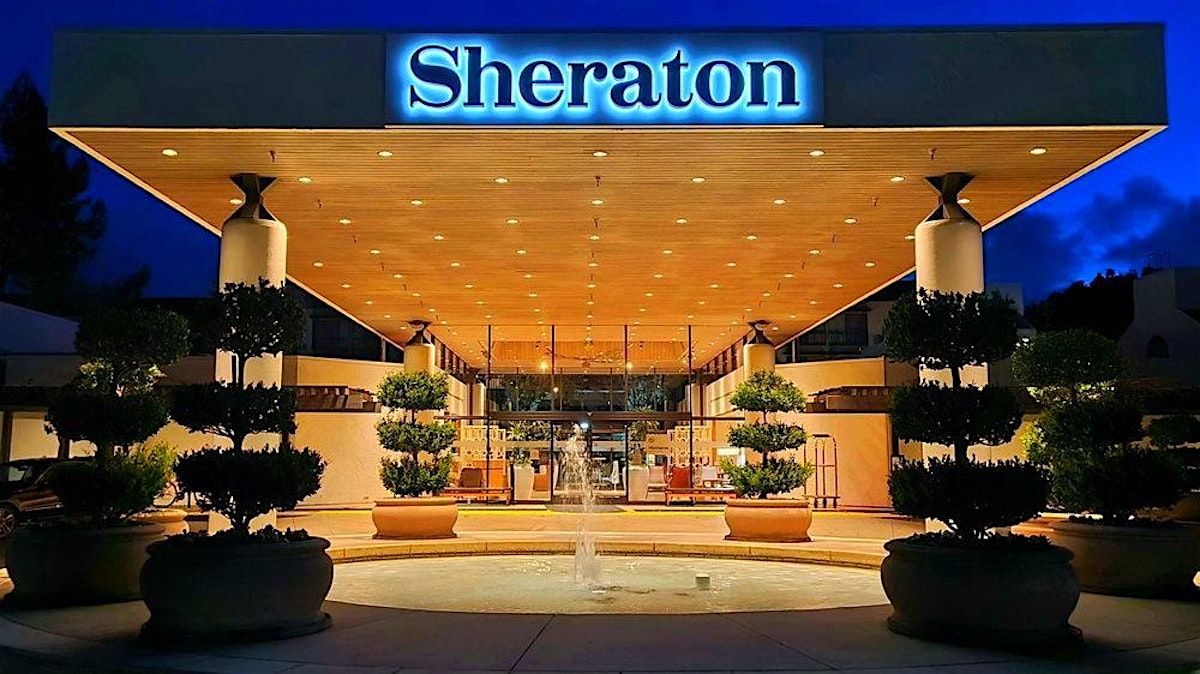
PREFERRED LODGING
Sheraton Palo Alto- 625 El Camino Real, CA 94301
650- 328-2800 or 1-800-325-3535 or or
Mention that you are visiting Stanford for a 20% discount off of the best available rate at the time of booking.
Sheraton Palo Alto is located in the heart of Palo Alto, next to the transportation hub of the Caltrain Station and free Stanford shuttle buses to and from Stanford. You can also walk to Stanford University.
Sheraton Palo Alto is steps away from University Avenue, downtown Palo Alto with additional dining and shopping options and close to Stanford Shopping Center, upscale open air shopping mall.
REGISTRATION CONTACT:
Jennie Rivera Visitacion: [email protected]
Bianca Paraiso: [email protected]
Please visit our additional event pages and resources for more info:
NEUROTRAIN Center- The Stanford Neurosurgical Training and Innovation Center
Skull Base Atlas
Where is it happening?
300 Pasteur Dr, 300 Pasteur Drive, Palo Alto, United StatesEvent Location & Nearby Stays:
USD 4005.00 to USD 5655.00
